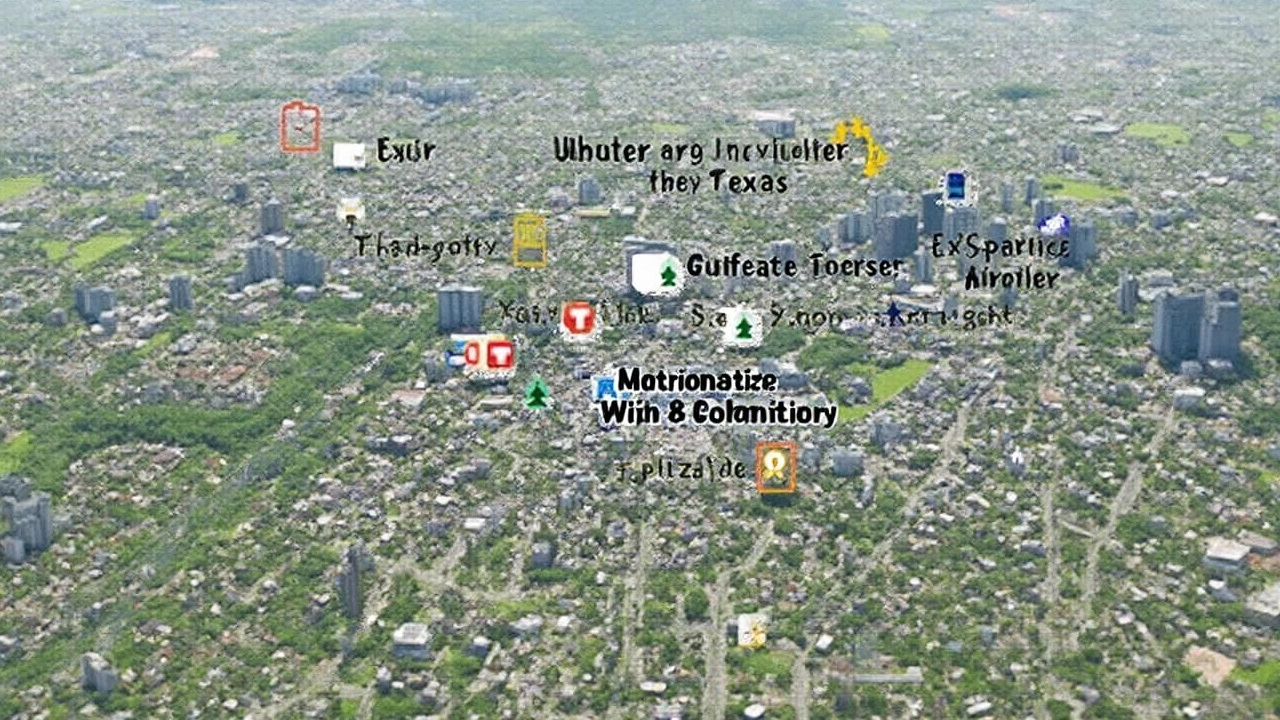How Long Can You Stay in a Texas Shelter?
 Mar, 23 2025
Mar, 23 2025
Not everyone knows how long they can stay in a homeless shelter, especially in a place as vast and diverse as Texas. But it's a question that matters a lot for those who find themselves in need of temporary housing. So, how long can you really stay in one of these shelters?
Most shelters in Texas have varied time limits, depending on their funding and policy. Generally, emergency shelters offer up to 30 days. However, transitional shelters might have more flexibility, allowing stays from a few months to even up to two years, provided residents meet certain conditions like job searches or participation in development programs.
It's essential to understand these limits if you find yourself or someone close in such a position. Not only will it help in making plans for the future, but it also ensures that you're aware of any additional support or programs that might be available to assist with transitioning to more permanent housing solutions.
- Understanding Shelter Policies
- Types of Shelters Available
- Resources for Extended Housing
- Navigating Shelter Rules and Tips
Understanding Shelter Policies
In Texas, the rules and limitations for staying in a homeless shelter can depend a lot on the type of shelter you find yourself in. It's not a one-size-fits-all situation, and understanding these policies can make a big difference for anyone navigating this challenging time.
Types of Shelters and Their Rules
Generally, Texas shelters are classified into three main types: emergency shelters, transitional housing, and long-term supportive housing. Each comes with its own set of policies:
- Emergency Shelters: Typically allow stays ranging from a few days to a month, these facilities provide immediate, short-term relief. They're there for those instant needs but may require you to vacate during daytime hours.
- Transitional Housing: Offers extended support, often accommodating residents for several months up to two years. These shelters focus on helping residents become self-sufficient, often requiring participation in job training or counseling.
- Long-term Supportive Housing: These are for those facing chronic homelessness, providing indefinite stays. Requirements here can include having a diagnosed disability or chronic illness, paired with case management support.
Funding and Its Influence
The type of funding a shelter receives can impact its policies. Some shelters rely on federal grants, which might impose their own regulations regarding the length of stay and eligibility. Others might be privately funded, offering more flexibility in how they operate.
Why Policies Matter
Understanding these policies helps residents plan ahead, seek additional resources, or apply for extensions where possible. It can also be the difference between finding a more stable living situation or facing uncertainty again.
| Shelter Type | Typical Duration |
|---|---|
| Emergency Shelters | 1-30 days |
| Transitional Housing | Up to 2 years |
| Long-term Supportive Housing | Indefinite |
Remember, each shelter has its own set of rules. It's crucial to ask questions upon arrival and ensure you understand what is expected of you during your stay. This will not only set you up for success but also help you take full advantage of the resources designed to aid you in moving forward.
Types of Shelters Available
When it comes to seeking temporary housing in Texas, you have a few different types of homeless shelters to consider. Each one serves a unique purpose and offers varying lengths of stay, tailored to different needs.
Emergency Shelters
Emergency shelters are often the first port of call for those suddenly finding themselves homeless. These are crucial for immediate, short-term housing, usually for about 30 days. They're a lifeline for families and individuals who need to get off the streets quickly. The conditions can be basic, focusing on safety and urgent needs, providing a bed, meals, and often hygiene facilities. These shelters are scattered throughout major cities like Houston and Dallas.
Transitional Shelters
Next up, we have transitional shelters. These are designed for longer stays ranging from several months to two years. They aim to offer stability and often require residents to participate in programs like job training or counseling. Transitional shelters are perfect for those looking to rebuild and move towards a more permanent solution. Many offer additional support services, making them a valuable tool in getting back on your feet.
Family Shelters
Family shelters cater specifically to families in distress. They often have slightly more relaxed rules to accommodate different family situations and might allow for longer stays. Besides offering accommodation, they provide family-centered services such as childcare support, which is critical for parents navigating tough times.
Specialized Shelters
There are also specialized shelters for specific groups, including veterans, survivors of domestic violence, and the LGBTQ+ community. These shelters not only provide a safe space but are equipped with targeted services to address particular challenges, including therapy and legal assistance. It's vital to know what kind of shelter best suits your needs so you can access the right help.
Understanding the different Texas shelters available can be the key to finding the right place for you or your loved ones. Each has different guidelines, so always check in advance what to expect and if there are any specific requirements you might need to meet.
| Shelter Type | Typical Stay Duration |
|---|---|
| Emergency Shelters | Up to 30 Days |
| Transitional Shelters | Months to 2 Years |
| Family Shelters | Varies by Need |
| Specialized Shelters | Duration Varies |

Resources for Extended Housing
Finding a place to stay beyond the usual shelter time limit can be stressful, but there are resources available in Texas that might help. The key is knowing where to look and who to contact.
Community Programs and Initiatives
Many local communities in Texas have stepped up with programs aimed at providing extended housing support. For example, organizations like Habitat for Humanity and other community-based programs offer assistance in finding transitional housing options. These programs are often run in partnership with local governments and nonprofits.
Government Assistance Programs
The Texas Department of Housing and Community Affairs (TDHCA) offers various programs that can be a lifeline. The Section 8 Housing Choice Voucher program, for instance, helps low-income families pay rent in the private market. It requires application and qualification, but it can significantly reduce housing costs.
There's also the Emergency Solutions Grants (ESG) program, which focuses on rapidly rehousing families to prevent a return to homelessness.
Charitable and Faith-Based Organizations
Don't overlook the support from churches and other faith-based groups. Many of these organizations provide extended housing options or offer financial assistance with rent. Check with local churches or service groups in your area, as they often have connections to crucial resources that might not be immediately visible.
Quick Tip: Networking with Other Residents
Sometimes, the best resources come from within the shelter community itself. Talking to others in the same situation can uncover new options or contacts. Keep an eye on bulletin boards or join support meetings where housing opportunities might be shared.
Remember, while the shelter may be temporary, the support system around it doesn't end there. Reaching out and utilizing these resources can make a huge difference.
Navigating Shelter Rules and Tips
Heading into a shelter, especially for the first time, can be a bit overwhelming. But understanding the rules is crucial. Each homeless shelter in Texas might have its own set of rules, so being aware of them can make the experience smoother for you.
General Shelter Rules
Most shelters require residents to adhere to a basic set of guidelines. Common rules include:
- Curfews: Many shelters have specific check-in times, often early in the evening.
- Personal Conduct: Maintaining a peaceful environment is key, so disruptive behavior is usually not tolerated.
- Cleanliness: Residents are often expected to keep their space clean and help out with chores.
Personal Belongings
It's important to know that space is limited. Most shelters will provide secure storage for a few personal items, but it varies:
- Label your belongings to prevent mix-ups.
- Keep valuables to a minimum, as some shelters may not be liable for lost items.
Programs and Resources
Shelters often provide workshops and programs aimed at helping residents regain stability. These can include job skills training or mental health support:
- Participation: Engaging in these programs might be a requirement for extended stays.
- Benefits: They present opportunities for personal growth and can make transitioning out of the shelter easier.
Communication and Respect
Clear communication goes a long way. Ask questions if you're unsure about any rules. Respect for staff and other residents fosters a more supportive environment:
- Seek to understand: Clarifying rules upfront can prevent misunderstandings later.
- Build relationships: Being friendly with staff can help if any challenges arise.
Staying Informed
Shelters may occasionally face changes in policies due to funding or local laws. It's a good idea to stay updated:
Connect with staff or check bulletin boards for any new developments. Being proactive can help you make the most of your time in a Texas shelter.
| Program Type | Common Duration |
|---|---|
| Emergency Shelter | Up to 30 Days |
| Transitional Housing | Several months to 2 years |
